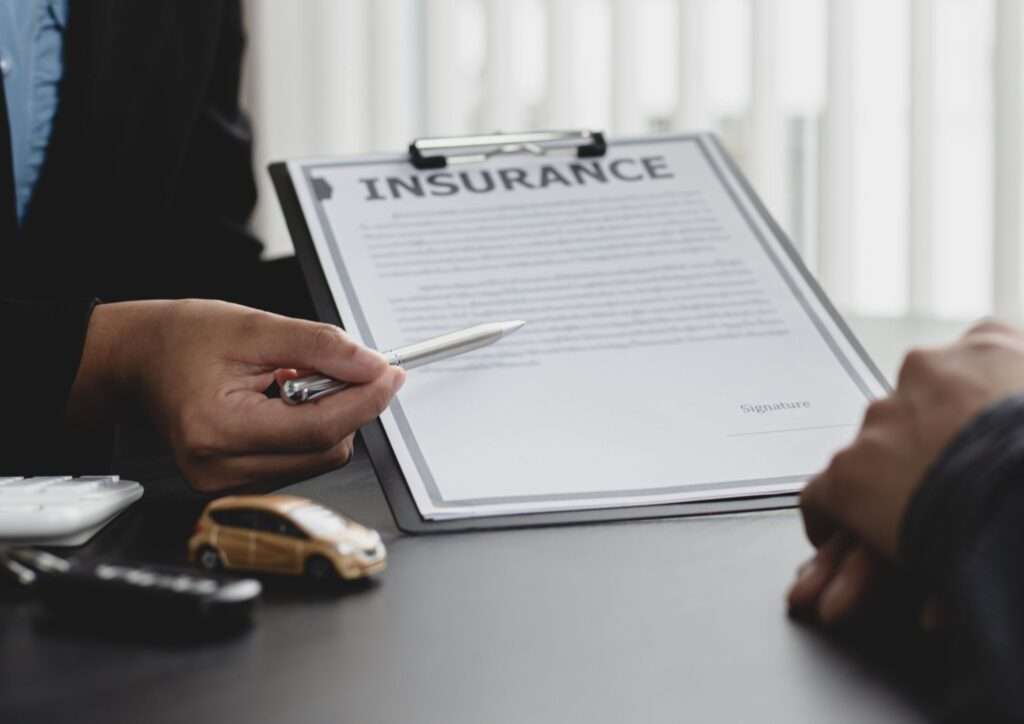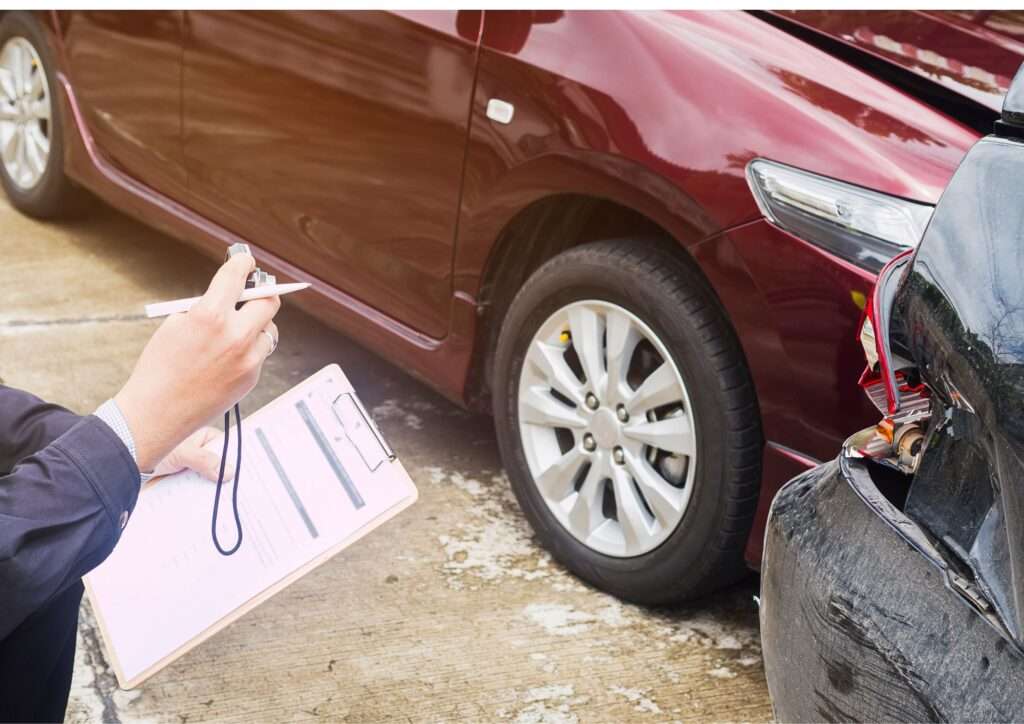Filing a commercial car insurance claim can be a confusing and time-consuming process. With numerous policy types and coverage levels, it is essential to grasp the basics before commencing. In this blog post, we will provide a comprehensive step-by-step guide to filing a commercial car insurance claim.
What Does Commercial Car Insurance Cover?

Commercial car insurance is a must-have for any business that operates cars, trucks, or vans. It protects businesses from the financial risks associated with owning and operating vehicles. But what does commercial car insurance cover? How do you choose the right coverage for your business? And what should you do when an accident occurs?
Also read: How to Make Your Shower Chair More Comfortable and Safe
Here is a step-by-step process on filing a successful claim:
Contact Your Insurance Agent: As soon as possible after an accident occurs, contact your agent with all relevant details about the incident; this includes information such as the date of occurrence, time of day, location of the incident, etc.
Collect Necessary Information: Make sure that all parties involved collect their appropriate information, including name, address, phone number, driver’s license number, plate number, make, model, year, and registration information. Also, collect photographs taken at the scene, if applicable.
Provide them with any documentation or photos related to the incident, if applicable.
Monitor The Progress Of Your Claim: During this time, be sure to document each step taken during the process, including dates, times, conversations had between parties involved, along with names or usernames attached when available.
An Overview of the Filing Process
Filing a claim can be a daunting process, but it doesn’t have to be. In this article, we’ll walk you through the step-by-step process for filing a commercial car insurance claim.
First, it’s important to understand the different types of commercial car insurance that are available. This includes cars, trucks, and vans used for business purposes. Knowing which type of coverage you need will help make the filing process easier.
Once you’ve determined your coverage needs and have gathered all necessary documents, such as receipts or pictures of damage or loss related to your claim, it’s time to submit them all to the insurance company so they can begin processing your claim. You may also need to obtain a copy of the claims form from them as well before submitting any paperwork. Once submitted, stay in contact with your insurer throughout the entire process.
Finally, once all forms are submitted and reviewed by an adjuster, always keep detailed records of all communications between yourself and the insurer until resolution is made on whether or not they cover damages incurred either fully or partially.
How to Maximize Your Claim Amount
Knowing the specifics of your policy will save you time and ensure a favorable settlement.
First, review your policy details to understand what damages are covered and the coverage limits. Be aware of any time constraints for filing a claim to ensure full reimbursement of expenses.
Contact your insurer immediately after the accident, providing them with accurate information about the incident. This will initiate their investigation process.
Collect evidence including photos/videos from the scene, repair estimates, receipts for related expenses, and any necessary documents like police reports. These will aid adjusters when assessing coverage.
Keep detailed records of all communications and negotiations with insurers, documenting settlement offers and any additional points discussed. This will help negotiate a fair settlement.
Carefully analyze the settlement offer proposed by insurers, seeking clarification if needed. Use evidence gathered and consider losses suffered (such as repairs or lost wages) to negotiate a favorable outcome.
Understanding the Commercial Car Insurance Process

With the increasing cost of vehicle ownership, it is important to understand the process of commercial car insurance. Commercial car insurance is required if you own or operate cars, trucks, and vans for business purposes.
There are several steps that you must take when filing a commercial car insurance claim. The first step is identifying which commercial car insurance company you are insured with – this information should be readily available on your policy documents. You will also need to gather relevant documents like vehicle registration papers, driver’s license numbers, estimates for repair costs, and any additional documentation needed by the insurer before submitting your claim form. Once submitted, cooperate with any requests from the insurer for further information or documentation as needed – this helps keep things moving along smoothly!
Finally, remember: always seek professional assistance if there are challenges during claiming processes such as disputes over settlement amounts or issues related to COVID-19 restrictions on certain motor vehicle types (especially those used commercially).
In a Nutshell
Filing a commercial car insurance claim can be complicated and time-consuming, but having the right knowledge and preparation is key to ensuring that your claim is handled efficiently and accurately. By understanding the different types of coverage available, gathering all necessary information, filing the claim with your insurer, monitoring progress, and documenting related expenses, you can maximize your claim amount. If you are unsure about any part of the process or have questions about specific policies, it is best to contact an experienced agent for assistance. Contact an agent today to find out more about commercial car insurance!



